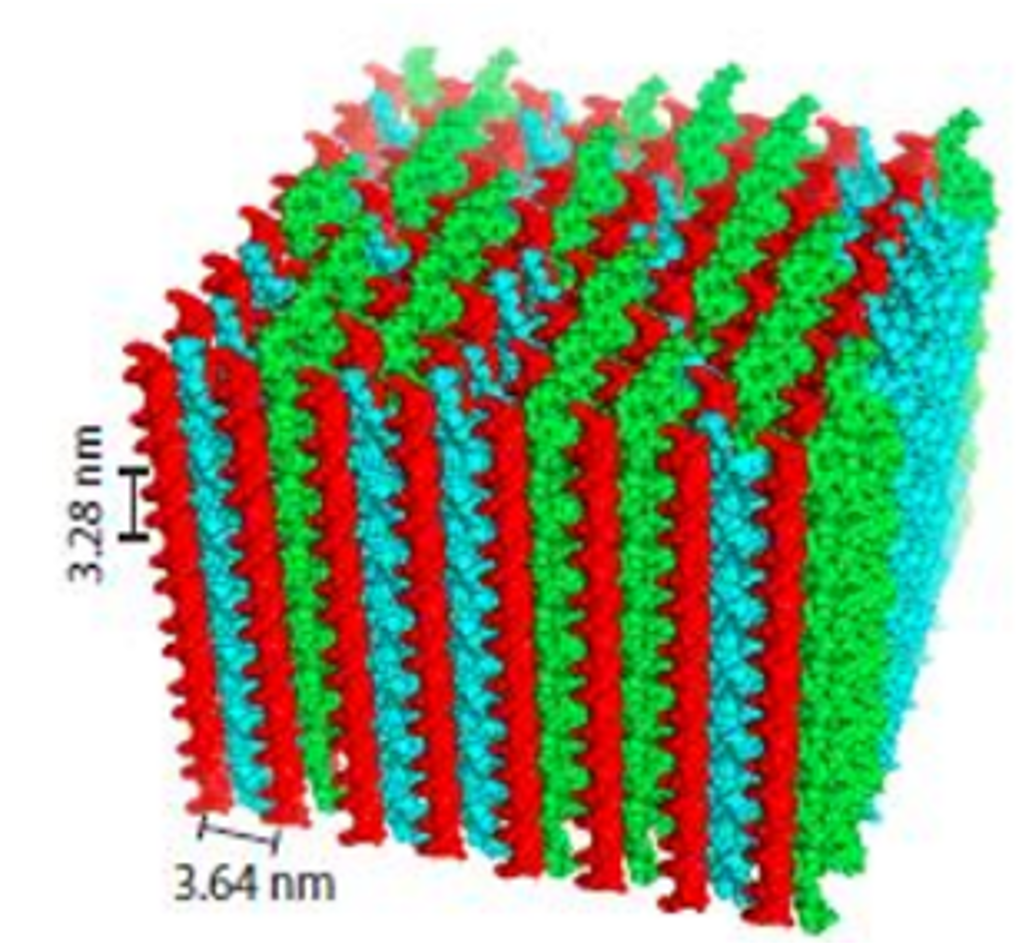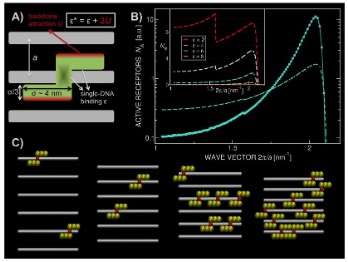Synthetic Immunology
 Innate immune peptides play an essential role in the immune system's defense
mechanism. These peptides can chaperone and organize Toll Like Receptor (TLR)
ligands into crystalline complexes. These complexes are highly organized, with
multivalent presentation at spacings that match the steric size of TLRs. This
leads to amplified immune activation, which helps the immune system to fight
against infections. For instance, in plasmacytoid dendritic cells, dsDNA-TLR9
complexes are formed, and in keratinocytes, dsRNA-TLR3 complexes are formed.
These complexes have been found to activate the immune system effectively. Once
the immune system is activated, it can recognize and destroy pathogens,
including viruses and bacteria.
Innate immune peptides play an essential role in the immune system's defense
mechanism. These peptides can chaperone and organize Toll Like Receptor (TLR)
ligands into crystalline complexes. These complexes are highly organized, with
multivalent presentation at spacings that match the steric size of TLRs. This
leads to amplified immune activation, which helps the immune system to fight
against infections. For instance, in plasmacytoid dendritic cells, dsDNA-TLR9
complexes are formed, and in keratinocytes, dsRNA-TLR3 complexes are formed.
These complexes have been found to activate the immune system effectively. Once
the immune system is activated, it can recognize and destroy pathogens,
including viruses and bacteria.
 Moreover, the manner in which these innate immune peptides interact with their
ligands can be likened to a programatic assembly of supramolecular complexes
that can be either pro-inflammatory or anti-inflammatory. The ability to
assemble these complexes is an essential feature of the immune system, as it
allows the immune system to respond appropriately to different types of
infections.
Moreover, the manner in which these innate immune peptides interact with their
ligands can be likened to a programatic assembly of supramolecular complexes
that can be either pro-inflammatory or anti-inflammatory. The ability to
assemble these complexes is an essential feature of the immune system, as it
allows the immune system to respond appropriately to different types of
infections.
Related Publications
More general references for our work on immunity and antimicrobials are listed below. The papers are available on our publications page.
- Kulkarni et al, J. Biol. Chem, 2021
- Chen, Yang, de Anda et al, Gastroenterology, 2020
- Lee et al, Frontiers in Immunology, 2020
- Lee et al, Nature Comm, 2019
- Lande et al, Nature Comm 2019
- Takahashi et al, Scientific Reports, 2018
- Lee et al, Curr Opinion in Colloid & Interface Science, 2018
- Lee et al, ACS Nano, 2017
- Stolzenberg et al, J Innate Immunol, 2017
- Lee et al, Advances in Colloids & Interface Science, 2016
- Schmidt et al, Nature Materials, 2015